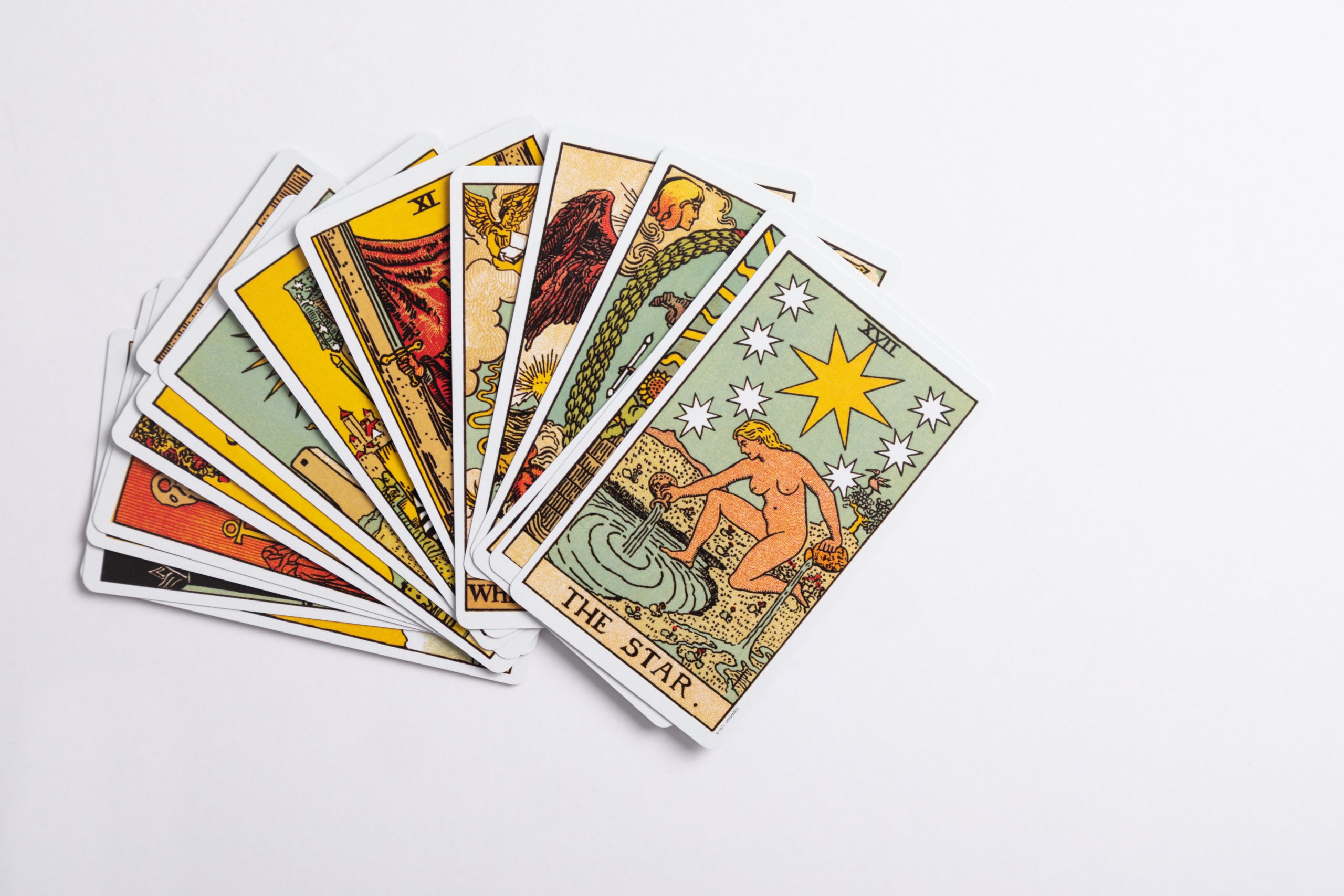The Waxing Gibbous Moon: An Astronomical Marvel
The night sky is a mesmerizing sight, filled with cosmic wonders and celestial bodies. One of the most fascinating celestial phenomena is the waxing gibbous moon. As the moon transitions from a crescent to a full moon, it passes through various phases, each with its own unique beauty and significance. In this blog post, we will delve into the intricacies of the waxing gibbous moon, exploring its characteristics, significance, and the best ways to observe this celestial marvel.
Understanding the Moon Phases
Before we dive into the specifics of the waxing gibbous moon, let’s briefly discuss the moon phases and how they occur. The moon orbits around the Earth, and as it does so, different portions of its illuminated side become visible to us.
The moon’s cycle begins with the new moon, where the illuminated side is facing away from Earth, making it virtually invisible. As the moon moves along its orbit, the illuminated portion gradually becomes visible, and we observe the crescent moon, the first visible stage of the lunar cycle.
The crescent moon eventually transitions into a half-moon, known as the first quarter. From there, it progresses into a waxing gibbous moon and finally into a full moon. After the full moon, the lunar cycle enters its waning phase, moving from a gibbous moon to a half-moon and then back to a crescent moon before reaching another new moon.
The Waxing Gibbous Moon
The waxing gibbous moon is an exquisite phase that occurs between the first quarter and the full moon. During this phase, the moon’s illuminated portion increases, providing a mesmerizing spectacle that captures the attention of astronomers and stargazers alike.
The term ‘gibbous’ refers to a shape that is greater than a half-moon but less than a full moon. When the moon is in the waxing gibbous phase, it appears to be more than half-lit but still has a small shadowed portion.
Characteristics of the Waxing Gibbous Moon
Several distinguishing characteristics make the waxing gibbous moon a fascinating object to observe:
- Size: As the illuminated portion gradually increases, the moon appears larger in the night sky, creating a captivating visual experience.
- Brightness: The waxing gibbous moon is noticeably brighter than the crescent moon, casting more light and making it easier to observe.
- Visibility: The waxing gibbous moon can be seen for several hours each night, illuminating the surroundings and presenting a myriad of opportunity for stargazers.
Significance of the Waxing Gibbous Moon
The moon holds significant cultural and spiritual importance for many societies throughout history. In astrology, the waxing gibbous moon is believed to represent growth, transformation, and abundance. It is considered a time of reassessment, preparation, and progress.
Moreover, the waxing gibbous moon serves as a celestial marker for important events and activities. Farmers, for instance, traditionally used the moon’s phases to guide their agricultural practices. The period of the waxing gibbous moon was associated with positive energy and productivity, making it an ideal time for planting and nurturing crops.
Observing the Waxing Gibbous Moon
Observing the waxing gibbous moon can be a fulfilling and awe-inspiring experience. Here are some tips to help you make the most of this celestial marvel:
- Timing: The waxing gibbous moon typically rises in the late afternoon or early evening, so plan your observation accordingly. Check moonrise times for your specific location using astronomical resources or smartphone apps.
- Equipment: While the waxing gibbous moon is visible to the naked eye, using binoculars or a telescope can enhance your viewing experience. These tools allow you to observe the moon’s craters, maria, and other fascinating features in more detail.
- Location: Find a location away from city lights to minimize light pollution and maximize visibility. Dark rural areas or designated observatories are ideal for getting the clearest view of the waxing gibbous moon.
- Photography: Experimenting with lunar photography during the waxing gibbous moon phase can yield stunning results. Capture the moon’s intricate details, play with exposure settings, and consider using a tripod for more stable shots.
The Enchanting Waxing Gibbous Moon
The waxing gibbous moon is a true celestial spectacle, captivating sky enthusiasts with its increasing luminosity and size. It represents a phase of growth and transformation, both astronomically and symbolically. By understanding the moon’s phases and observing them firsthand, we can deepen our connection with the universe and appreciate the wonders it holds.
Table of Contents
